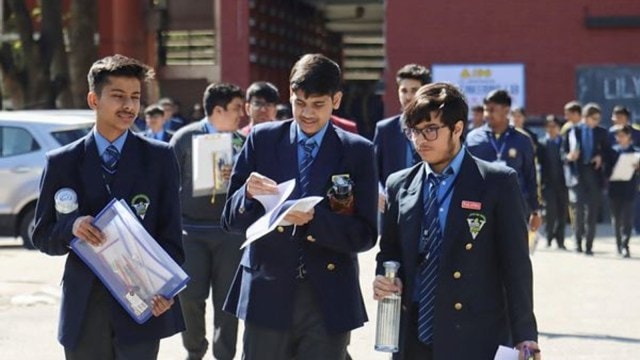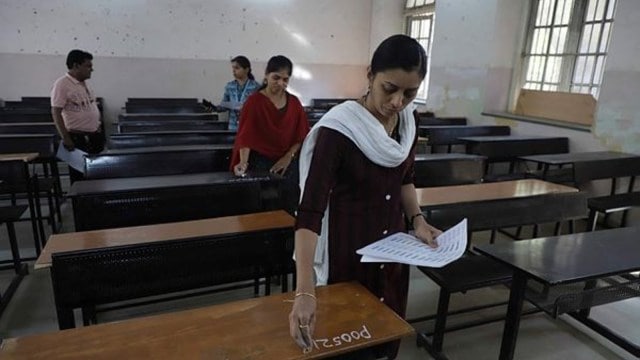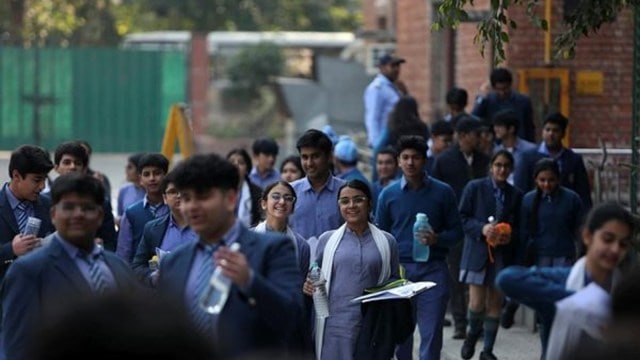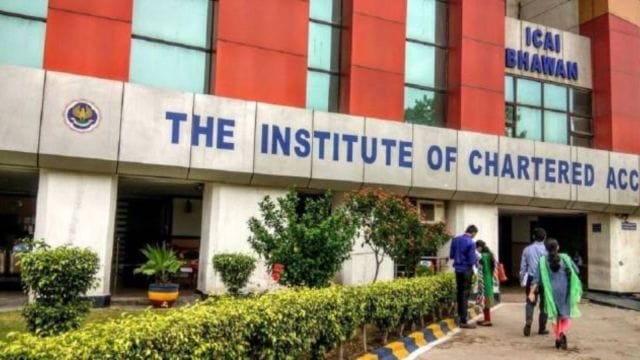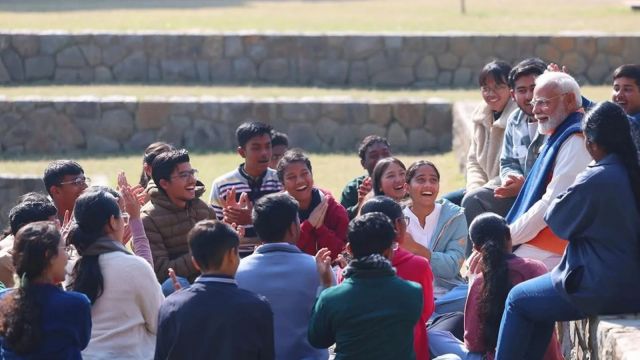
COP29: How India plays a pivotal role in global climate governanceSign In to read
— Aishwarya Sanas
(The Indian Express has launched a new series of articles for UPSC aspirants written by seasoned writers and scholars on issues and concepts spanning History, Polity, International Relations, Art, Culture and Heritage, Environment, Geography, Science and Technology, and so on. Read and reflect with subject experts and boost your chance of cracking the much-coveted UPSC CSE. In the following article, Aishwarya Sanas, a doctoral researcher working on the politics of cryosphere and global environmental governance, analyses India’s evolving role in global climate governance.)
In response to suggestions at the ongoing COP29 that principles of ‘Just Transition’ be used to draw up climate action plans in the future, India has said that such “prescriptive top-down approaches” are contrary to provisions of the UN Framework Convention on Climate Change and the Paris Agreement, and would never be acceptable to the developing countries.
India is an active and responsible partner in the global climate action movement, spearheading several important initiatives for a just, sustainable and clean future. However, India’s approach to climate change and its engagement with global climate governance and COP has evolved significantly over the years. New Delhi has come a long way in shedding its ‘initial reluctance and suspicion’, to emerging as a ‘bold and responsible climate leader’.
During the 1970s, India had been cautious towards the Western calls for collective action against environmental degradation and climate change caused by human activities. At the 1972 United Nations Conference on the Human Environment in Stockholm, former Prime Minister Indira Gandhi highlighted the need for balancing environmental protection with poverty alleviation. She said, “We do not wish to impoverish the environment any further, and yet we cannot for a moment forget the grim poverty of large numbers of people.”
Saving the environment was initially perceived as requiring a reduction in economic activities and halting industrialisation, which in turn meant to forgoing economic growth and human development. However, the emergence of the concept of sustainable development provided a framework for balancing economic development with environmental conservation. The idea of sustainable development played an important role in bringing developing countries like India on board for global climate action.
Since the inception of the annual climate conventions, India has been supporting the principles of Common But Differentiated Responsibilities (CBDR), climate equity and justice, and calling for the transfer of finance, technology, and capacity-building from developed to developing countries.
By the early 2000s, India became an ‘interested bystander’ in the Conference of the Parties (COP) to the United Nations Framework Convention on Climate Change (UNFCCC). It hosted COP8 in New Delhi from 23 October to 1 November 2002. As demands for greater action from high-emitting developing countries increased, India (although initially reluctant to binding national targets) showed its commitment to climate action by establishing the National Action Plan on Climate Change in 2008.
The signing of the Paris Agreement of 2015 marked a shift in global climate governance, creating more space for developing countries to participate without bearing the disproportionate burden of serious obligations. The shift can be understood through the following changes:
– From Targets to Pledges: The shift from emission reduction targets to a nationally determined contributions system
– From Exclusive to Inclusive: Moving from earlier frameworks where developed nations bore significant responsibility to a collective action framework where both developed and developing nations are responsible
– From Mandatory to Voluntary Nature: Replacing mandatory commitments with voluntary determined pledges, allowing nations to contribute as per their capacities and circumstances.
Thus, the shift highlights efforts to balance ambition with fairness and respect the principle of CBDR.
India submitted its first Nationally Determined Contribution (NDC) to UNFCCC on 2 October 2015. In August 2022, it updated its NDC, outlining its climate goals for the period up to 2030. According to a 2023 Press Information Bureau report, India has already achieved two of the targets, namely (i) to reduce the emissions intensity of its GDP by 33 to 35 per cent from 2005 level, and (ii) to achieve about 40 per cent cumulative electric power installed capacity from non-fossil fuel-based energy resources.
India has also been a beneficiary of climate finance. According to some estimates, India holds approximately 31 per cent of the global carbon credits market. India has the second largest number of registered projects under the Clean Development Mechanism defined under the Kyoto Protocol of 1997.
The Clean Development Mechanism (CDM) and other carbon trading provisions under the Kyoto Protocol are important means for facilitating and expediting India’s steady energy transition away from fossil fuels to renewable sources of energy production. Renewable energy projects contribute approximately 50 per cent of CDM initiatives in India. However, with 78 per cent of its energy demands met through fossil fuels, mainly coal, India faces significant challenges in achieving a steady energy transition. This requires extensive investment, technological upgrade, and capacity-building efforts.
India has also played a crucial role in global climate negotiations, leveraging groupings like G77, Like-minded Developing Countries (LMDC) and the BASIC Group (Brazil, South Africa, China and India). It has also played a leadership role for blocs such as the African Group, the Small Island Developing States, and the group of Least Developed Countries. The COP framework provides an egalitarian platform, allowing smaller nations to hold larger economies accountable and push for equitable climate finance and action.
Climate change intersects with several other global issues and has become an agenda in various non-climate forums such as United Nations Security Council, G20, BRICS, Shanghai Cooperation Organisation, etc. These global issues include international conflicts, civil wars, global and internal migration, disasters and extreme events, loss of nature, culture and indigenous knowledge, etc. It is no longer an isolated scientific issue but a socio-political issue intersecting with different areas of social life. Thus, what happens at the COP inevitably has consequences globally and India is an important part of it.
Under the Loss and Damage Fund touted to be operationalised at the ongoing COP, India stands to receive significant potential financial support for it has been facing several extreme events in the past years in the form of floods, cyclones, etc. that has affected local communities, especially indigenous people. India has the second highest population of indigenous people after Africa.
India, with its huge territorial expanse, population, demographic dividend and industrial potential, plays a vital role in the success of global climate initiatives. In 2022, it contributed $1.28 billion in climate finance to other developing countries, according to a recent analysis. Furthermore, India has emerged as a leader in combating climate change through several initiatives such as the Lifestyle for Environment (LiFE) mission, programmes such as the International Solar Alliance, the Green Credits Programme, the Big Cats Alliance, the Quad Climate Working Group, and the Mangrove Alliance for Climate Ministerial Meeting.
As the 29th iteration of the annual COP concludes, it is important to recognise the enduring significance of the UNFCCC, COP and the IPCC. Together these entities form a triad that drives global action on the complex climate challenge of the 21st century. With universal membership, and a framework convention for coordinated action, this system is built to last.
With its growing influence, India has the capacity to bridge gaps between developed and developing nations, fostering cooperation on contentious issues like equity, finance, and technology transfer. Looking ahead, India must take decisive steps to strengthen its leadership role.
How has India’s approach to climate governance evolved from ‘initial reluctance’ to becoming a ‘responsible climate leader’?
In what ways has India balanced its developmental priorities with its commitments to global climate governance over the years?
What role does India play in shaping global climate governance at COP conventions?
What is India’s stance on the use of ‘Just Transition’ principles for drafting future climate action plans, and why does it oppose “top-down approaches”?
(Aishwarya Sanas is a doctoral researcher at Shiv Nadar Institution of Eminence, Delhi NCR.)
Share your thoughts and ideas on UPSC Special articles with ashiya.parveen@indianexpress.com.
Subscribe to our UPSC newsletter and stay updated with the news cues from the past week.
Stay updated with the latest UPSC articles by joining our Telegram channel – IndianExpress UPSC Hub, and follow us on Instagram and X.

 Posts
Posts Sign up as a Teacher
Sign up as a Teacher
